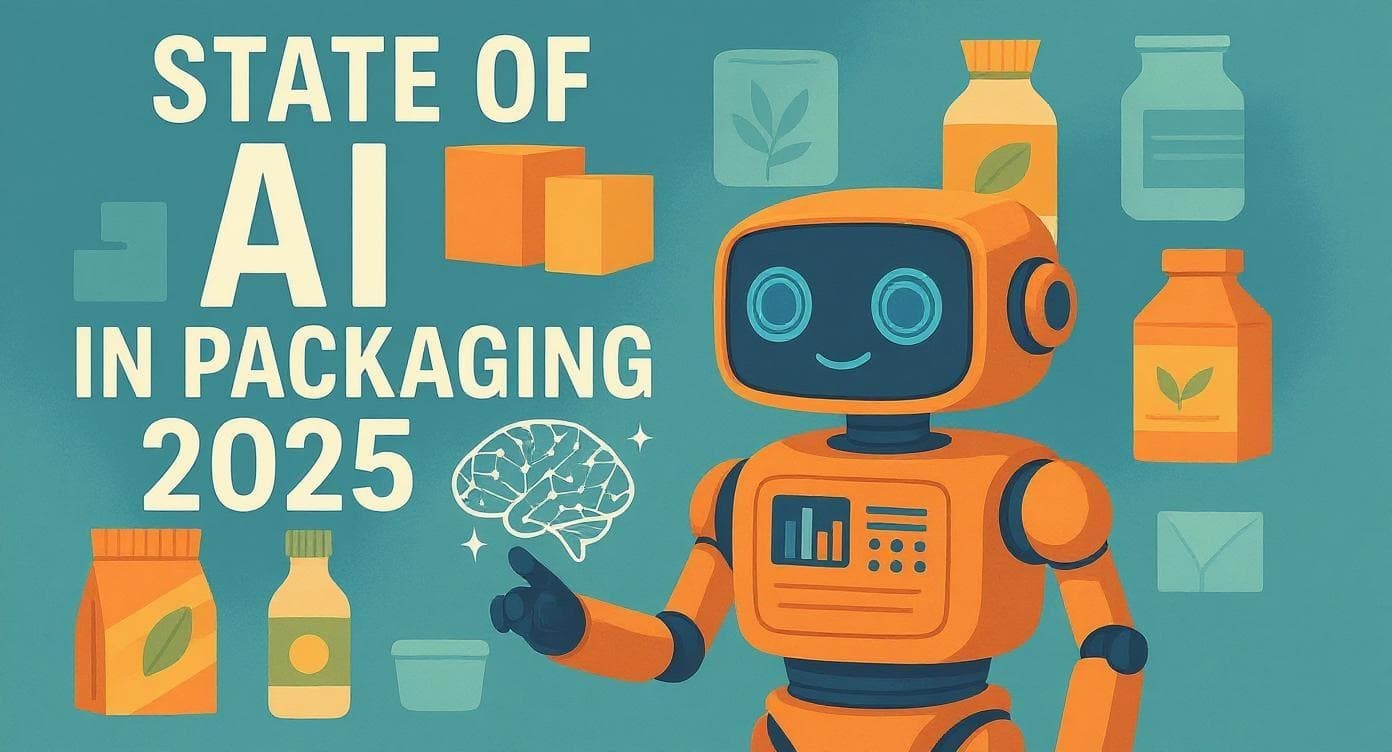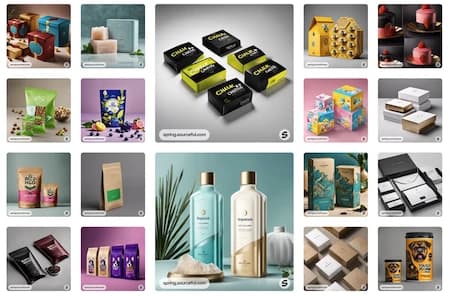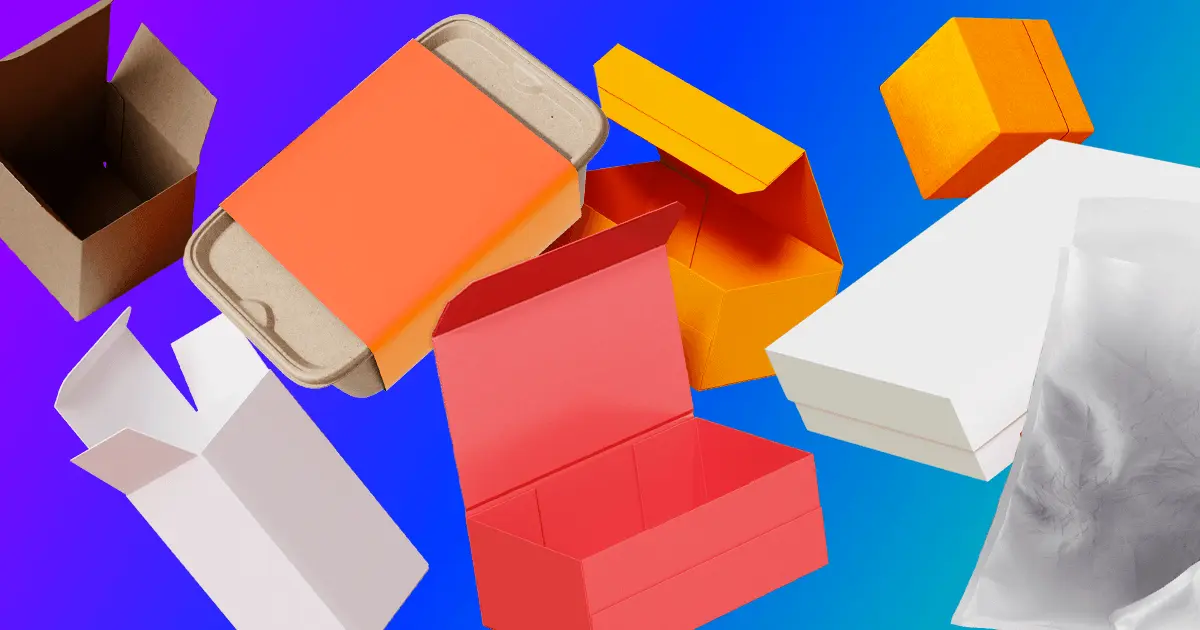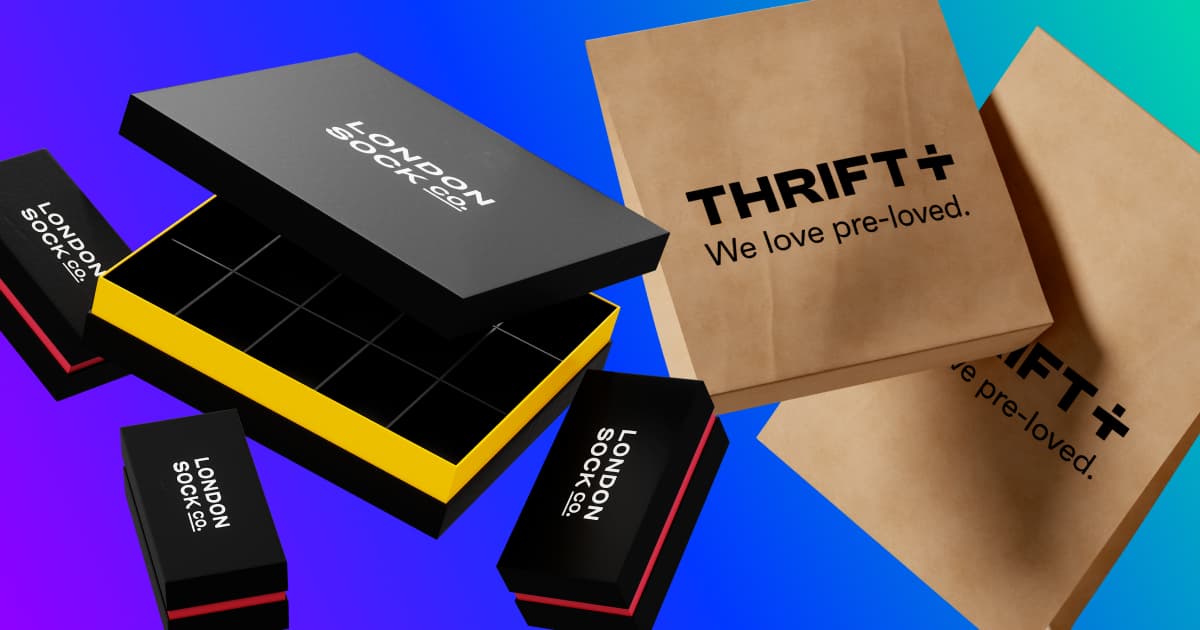Blog PostThe State of AI in Packaging 2025
- AI
- Packaging
- Innovation
Wing ChanJune 24, 2025 - 8 min read

The packaging industry is entering an AI-driven transformation in 2025, reshaping how packages are designed, produced, and delivered. From creative design studios to high-speed manufacturing lines, AI technologies are accelerating workflows and unlocking new possibilities. Importantly, experts emphasize that AI is not a replacement for human talent, but a powerful complement. In technical fields like printing and packaging, AI works best alongside human expertise – automating routine tasks and providing data-driven insights while humans guide creative direction and ensure precision.
This report explores key AI trends in packaging design, automation, manufacturing, sustainability, and software, highlighting how AI – paired with human know-how – is driving innovation for FMCG, luxury, and e-commerce brands.
AI-Powered Packaging Design: Creativity Meets Technology
Packaging design is experiencing a creative renaissance thanks to generative AI. Brands and designers can now generate concepts and visuals in seconds using AI-driven tools. For example, Sourceful produces unique packaging design ideas from a simple prompt – “like having an entire team of packaging designers at your fingertips.” Brands and designers use platforms like Sourceful to break past creative blocks, rapidly iterating on colours, styles, and graphics that align with a brand’s vision. This means exploring dozens of packaging variations in minutes, something that used to take weeks of manual work.
AI is also enabling unprecedented personalisation in packaging. A well-known example is Nutella’s "Nutella Unica" campaign, which used AI-generated patterns to create seven million one-of-a-kind labels – each jar with a unique design reflecting Italian consumers’ individuality. Such variable designs and even personalised customer names or messages on packaging are becoming feasible at scale for FMCG brands. Luxury brands, too, are experimenting with AI to create bespoke, artful packaging for limited editions, enhancing exclusivity and consumer engagement.
Crucially, while AI amplifies creative capacity, the discipline of crafting print-ready packaging is technically challenging and requires human expertise and precision. Generative AI is a tireless brainstorming partner capable of exploring a universe of possible ideas, but humans provide strategic thinking, cultural nuance, and final artworking that ensure a design truly connects with consumers. In short, AI is supercharging the creative process, while designers steer the vision and fine-tune details to be print-ready. In particular, packaging often has critical regulatory and compliance requirements, and getting color matching and fonts to be exactly perfect is still best done by human artworking experts in conjunction with software systems like Adobe Illustrator, Arden and Esko.
Automation & Manufacturing: Smart Packaging Production
On the factory floor, AI-driven automation is boosting efficiency and precision in packaging manufacturing. Robotics and machine vision guided by AI now perform repetitive or high-precision tasks that were once solely manual:
- Quality control & inspection: Vision systems detect flaws or colour errors instantly, ensuring each package meets spec.
- Robotic automation: Intelligent robots handle packing and sorting with speed and consistency, increasing throughput.
- Predictive maintenance: AI predicts equipment failures before they happen, cutting unplanned downtime by up to 30 %.
- Supply-chain optimisation: Algorithms forecast demand and optimise inventory, so materials arrive just-in-time.
- Mass customisation: Digital presses auto-adjust to print multiple personalised designs in one run.
In “smart factories,” AI analyses sensor data to spot hidden issues – one beverage-carton line eliminated $18 million per year in waste after AI found a subtle print-alignment fault. Operators remain vital for oversight and problem-solving, but AI handles the heavy data lifting, keeping lines running smoothly and at higher quality.
Sustainability & Climate Impact: AI for Eco-Friendly Packaging
Sustainability is the gold-standard goal for packaging in 2025, with brands under pressure to reduce waste and carbon footprints. AI plays a central role:
Materials & Design Optimisation
AI analyses lifecycle data to suggest greener alternatives – thinner recyclable films, redesigned cartons that use less board, or gummed-paper tape in place of plastic. Small tweaks can halve a package’s carbon footprint.
Smart Sustainable Materials
AI accelerates R&D on bio-based substrates such as seaweed films or mushroom mycelium foams, and fine-tunes production parameters so these materials run efficiently on existing lines.
Energy & Process Efficiency
AI-enabled systems coordinate equipment to minimise idle energy use, monitor real-time consumption, and recommend process changes to hit carbon-neutral targets. Automated sorters in recycling plants use AI vision to boost material-recovery rates.
Eco-conscious shoppers reward brands that communicate these improvements (e.g., on-pack carbon labels), turning sustainability into a competitive edge.
AI Packaging Software & Human Expertise: The New Toolkit
A new wave of packaging software platforms blends AI creativity with expert support, giving brands an end-to-end path from concept to production.
Sourceful’s Integrated Model
Sourceful instantly generates hyper-realistic packaging concepts and 3D mock-ups. Once a design is chosen, Sourceful’s human expert artworkers refine dielines, colour profiles, and material specs – ensuring the concept is print-ready. The result: AI speed plus expert precision.
Common Platform Features
- Generative design engines convert text prompts into artwork and structural ideas.
- Instant AR/3D visualisation shows designs on real pack shapes in real time.
- Auto-layout & CAD integration adapt artwork to multiple dielines without redrawing.
- Pre-press checks flag bleed, resolution, and colour issues automatically.
- Collaboration hubs let designers, marketers, and suppliers iterate in one workspace.
- Live sustainability metrics calculate carbon and material efficiency on the fly.
FMCG giants use such tools to accelerate seasonal launches; luxury brands iterate avant-garde finishes virtually before costly production; e-commerce start-ups gain a professional packaging pipeline without in-house teams. In every case, AI + human expertise is the winning formula.
Conclusion: Human-Centric AI for Packaging’s Future
Across design, automation, manufacturing, and sustainability, AI is making packaging faster, smarter, and greener. Brands adopting these tools see:
- Quicker creative cycles
- Lower production costs & errors
- Packaging that resonates with consumers
The lesson is clear: treat AI as an assistive ally. Packaging is a union of art and science; algorithms handle data-heavy optimisation while humans ensure nuance, quality, and brand storytelling. The future is “AI-powered and human-refined.” Embrace this balance to deliver standout designs, efficient operations, and sustainable outcomes.








